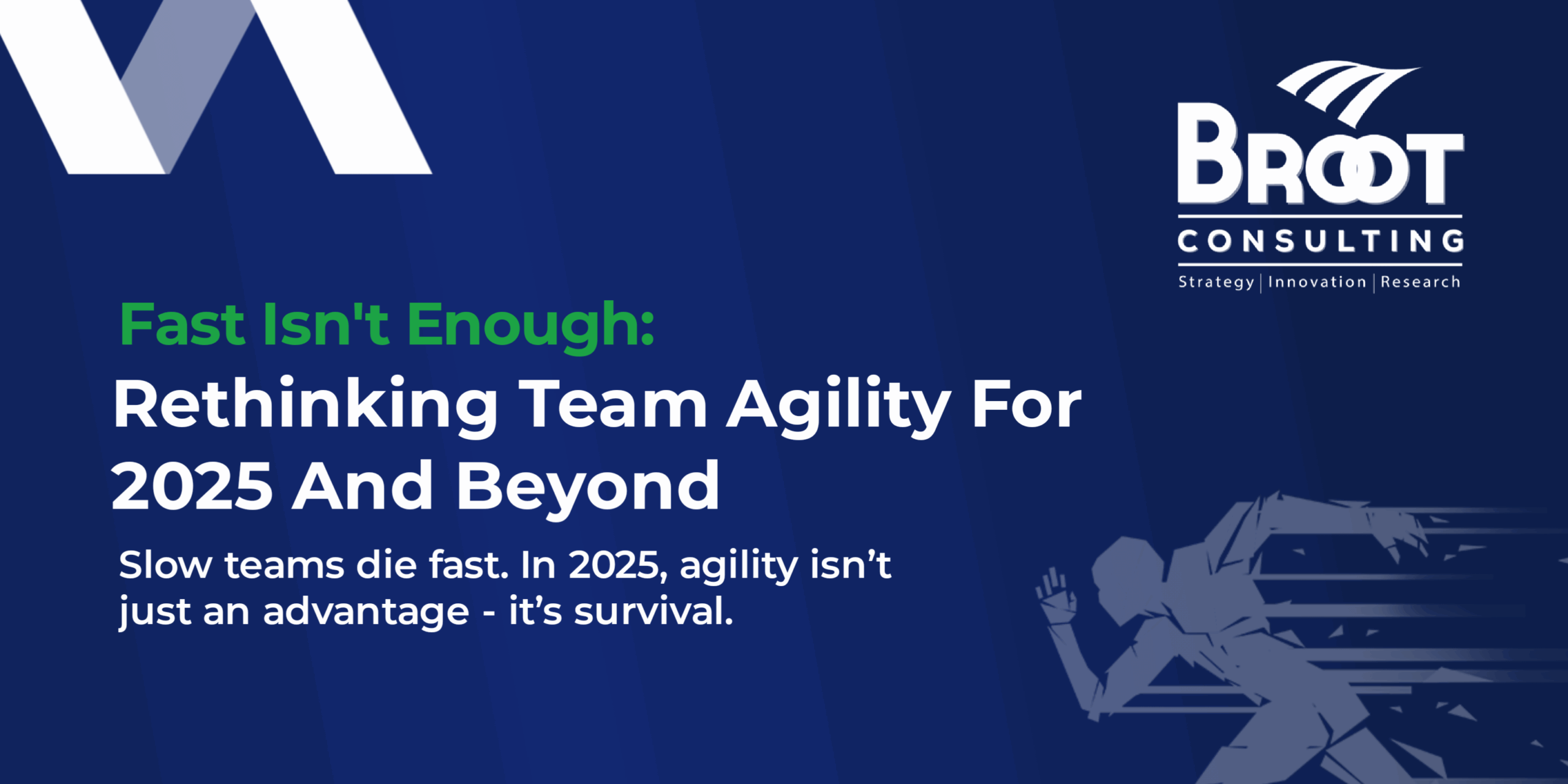Your practice should be strengthened by the difficult situations that you encounter, just as bonfire in a strong wind is not blown out but blazes even brighter- Jim Kwik
Our minds are powerful tools. They control our thoughts, our beliefs, our reactions, our perceptions and even our emotions. How we react, perceive the world, and handle challenges come from our minds and thought processes. Our minds also largely impact the state of our mental health, which in turn affects the quality of the work that we do.
According to a study by the World Health Organization in 2019, 15% of working-class adults suffer from a mental health disorder1. In 2022, 81% of workers reported that workplace stress negatively impacted their mental health and interpersonal relationships2. Mental health issues are even more prevalent among Generation Z (Gen Z) compared to millennials. A study in 2023 showed that 91% of 18-to-24-year-olds (Gen Z) report feeling stressed, compared to an average of 84% across all age groups3. This study showed that Gen Zs face more stress in the workplace than the average millennial4. A series of consumer surveys and interviews conducted by McKinsey finds Gen Zers reporting the least positive life outlook, including lower emotional and social well-being levels than older generations5. Gen Z respondents were also two to three times more likely than other generations to report thinking about, planning, or attempting suicide in the 12 months spanning late 2019 to late 20206. The American Psychological Association (APA) reports that 90% of Gen Z experienced psychological or physical symptoms as a result of stress in the last year7. 70% of Gen Z say that anxiety and depression are significant problems among their peers8. These mental health issues are caused by a wide range of factors, ranging from unmet social expectations, pressure to meet societal standards and expectations, social media, and unhealthy work environment, amongst other things.
Life is not always easy. We often encounter stormy seas. We face situations that test our mettle, challenge our resolve, and push us to our limits. Usually, our natural response is to give up and accept defeat. We often say, “I can’t do this” or “I’d rather just give up now”. Our minds trick us into believing that there is no end in sight. But within each of us lies an untapped reservoir of mental power—a wellspring of resilience waiting to be unleashed. In this article, we explore how to tap into this inner strength when the tempests rage and how employers can help their employees have a safe working environment and better manage their mental health.
Managing Mental Health in the Workplace
As an employer, you want to create a safe environment where your employees can thrive and deliver excellent service and productivity. You also want to help your employees deal with their mental health. Here are some ways you can do that:
- Acknowledge the problem: Don’t deny or ignore that mental health issues exist among your employees. They may affect their productivity and well-being. Admitting this problem is the first step to creating a safe working environment.
- Flexible work schedules: Allow your employees to have flexible work schedules so they can take mental health breaks and reduce stress. Give them more options for where, when, and how they work to have more autonomy and balance.
- Listen to your employees’ needs: Provide them with the resources and support they need, such as counselling, wellness programs, or peer support groups. Ask for their feedback and address their concerns or issues.
- Foster a positive and inclusive culture: Value and respect diversity, encourage collaboration and communication, and celebrate achievements and successes. Recognize and reward your employees for their efforts and provide them with opportunities for growth and development. Avoid creating a culture of fear, blame, or competition that can harm your employees’ mental health and well-being.
- Lead by example: As a leader, you influence your employees’ mental health and well-being. Show healthy behaviours and attitudes, such as managing stress, caring for yourself, and seeking help. Show empathy and compassion to your employees and create a safe and trusting environment where they can share their thoughts and feelings without fear of judgment or retaliation.
- Create a culture of openness and trust: Make your employees feel comfortable enough to talk about their mental health challenges without fear of stigma or discrimination. Encourage them to share their stories, listen with empathy and compassion, and offer support and resources. Make mental health a priority for your organization.
- Provide mental health support in the workplace: Offer access to professional counselling, wellness programs, or peer support groups. Ensure your employees know how to access these services and that they are confidential and voluntary. Also, provide reasonable accommodations for employees with mental health conditions, such as flexible work hours, reduced workload, or extended leave.
- Embed mental health training into your inductions: Educate new employees about the importance of mental health and well-being, the signs and symptoms of common mental health problems, and the resources and support within the organization. Train them to cope with stress, manage emotions, and practice self-care. Train managers and supervisors to recognize and respond to mental health issues among their staff and foster a mentally healthy work environment.
By implementing these strategies, you can help your employees cope with their mental health challenges and improve their performance and satisfaction. You can also benefit from increased productivity, reduced absenteeism and turnover, and enhanced reputation and loyalty
How To Maintain Inner Strength
- Breathe: when stressed, close your eyes and breathe deeply. Focus on the air in and out of your lungs. Let go of any thoughts. Breathing can relax you and clear your mind.
- Channel your inner superhero: think of someone you admire. Imagine how they would face your situation. Emulate their qualities and act like them. Use positive affirmations, such as “I am strong”, “I am capable”, or “I can do this”.
- Challenge negative thoughts. Identify, question, and replace them with realistic and positive ones. For example, instead of “I will never succeed”, think “I have overcome difficulties before”, “I have the skills and resources to achieve my goals”, or “I can learn and grow from this”.
- Embrace stress-reduction techniques. Practice yoga, walking, or living in the moment. These can improve your mind and body, reduce stress, and boost your mood and energy.
- Take mental breaks. When overwhelmed, do something that makes you happy or distracts you from your problems. This can help you reduce stress, improve mood, and gain a new perspective.
- Change your environment. Go to a different place or rearrange your space. This can help you shift your mindset and inspire you to act.
Conclusion:
In the face of life’s challenges, remember you are not powerless. Your mind is a force waiting to be harnessed. So, stand tall, breathe deeply, and tap into your inner resilience. Unleash your mental power – it’s the key to thriving.
Author
Iyanda Bolutito Ayobami e.s.q.





